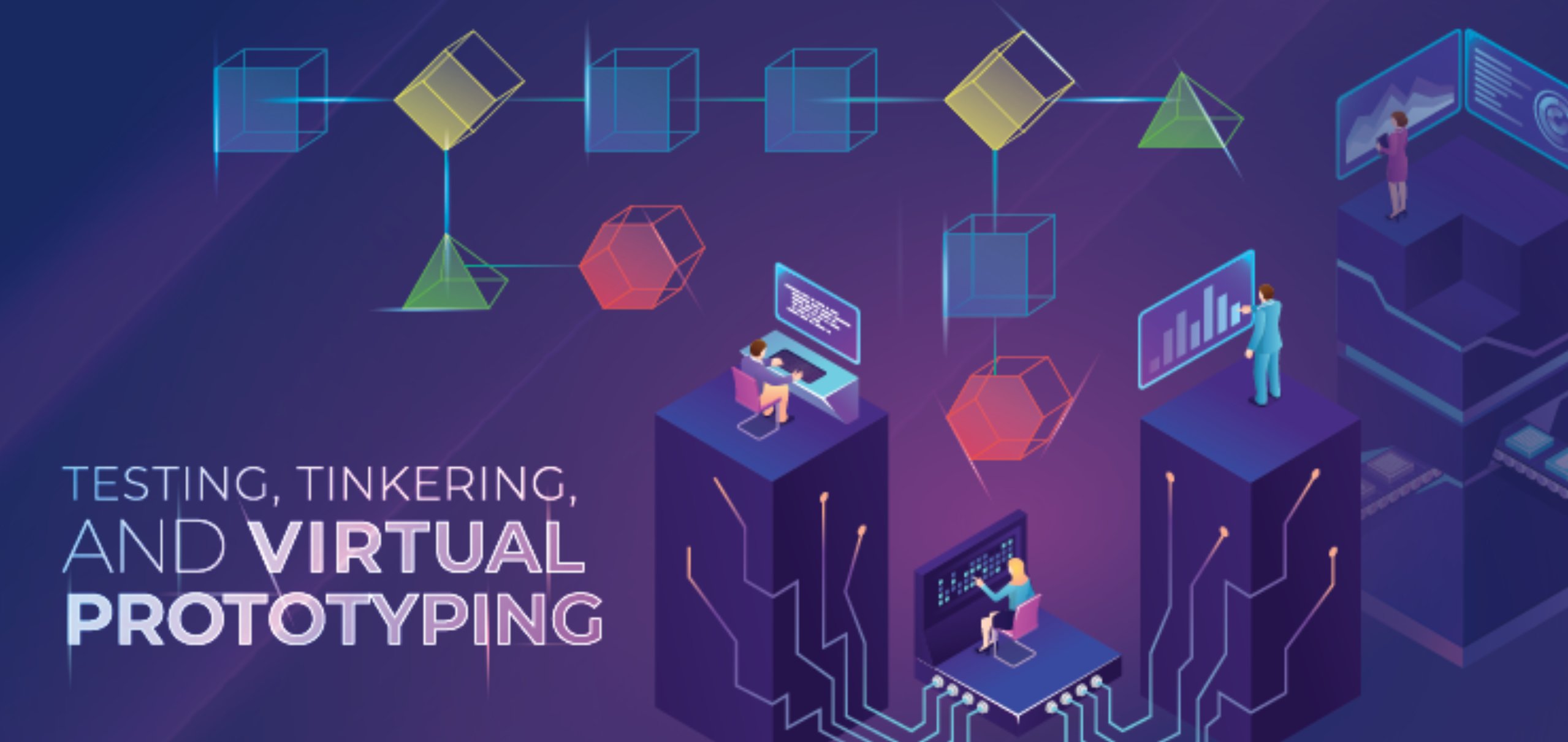
Auto Industry Innovations: the Possibilities of Process Modeling
January 17, 2022If you're reading this, chances are good — I'd say certain — that in the last couple years, you've been on the designer or customer end of a product or process redesign with a variation of this guidance: "Let's figure this out, and fast."
I was thinking about how much of a pandemic‐era reality this has become for all of us, as process improvement professionals and as consumers, when I came across an article published late last year in Wards Auto titled "Unlearning What Toyota Taught Us." In the article, Detroit‐based automotive journalist John McElroy notes how automotive innovators like Tesla are "ripping Toyota's game plan to shreds" by breaking tradition with decades‐old product development practices.
For example, when other automakers are freezing specs for months or years and striving for as little variability as possible, Tesla is constantly tinkering with design changes. At Tesla, design changes are validated using digital models and implemented seemingly on the fly. GM, considered one of the traditional automakers, is also heavily committed to digital design tools and has slashed two years out of its product development process using them.
Changes to the product development process coupled with other innovative approaches are making a difference. The New York Times drew attention to Tesla's growth in a recent article that noted how the EV startup smashed sales records in 2021 while other automakers struggled through plant closings and supply chain shortages. Why? According to the Times, Tesla was able to better forecast customer demand — and perhaps more critically, the company was able to sidestep computer chip shortages by making software changes to chips it had.
This agility, particularly with a company like Tesla, can come with drawbacks: Tesla has a reputation for its quality problems in addition to its innovative product design and production strategies. The real takeaway here, though, is that product and process redesign sometimes isn't a "nice to have" — it can be a "must," and that's where tools like MoreSteam's Process Playground software can play a critical role, whether you're making cars, mapping flow in an emergency room, or overhauling an "invisible" back‐office process.
The "test and learn" cycle is a hallmark of process improvement but testing out new processes can be costly — in product, in money, and in your people's time. A discrete event simulation tool can largely eliminate those risks while still allowing you to test new ideas with real data as the backbone of the simulation. That no‐risk, high‐reward dynamic can feel like a welcome change these days.
Start your free trial of EngineRoom with Process Playground today! Includes free access to a case study to build your first virtual model and a full set of Lean Six Sigma project tools.

President • MoreSteam
Peg Pennington joined MoreSteam's executive team in 2018 and today leads all company operations as President. Previously, Peg was the Executive Director of the Center for Operational Excellence at The Ohio State University, where she helped shape the Master of Business Operational Excellence ('MBOE') program and strengthen standards for Lean Six Sigma certification. She serves on the board of directors for the Lean Enterprise Institute (LEI). A recognized voice in operational excellence, Peg speaks at over a dozen national conferences each year and leads product workshops.
Before joining MoreSteam, Peg was the Executive Director of the Center for Operational Excellence at The Ohio State University. Peg holds a bachelor’s degree in finance from Michigan State University and an MBA from the University of Dayton.



